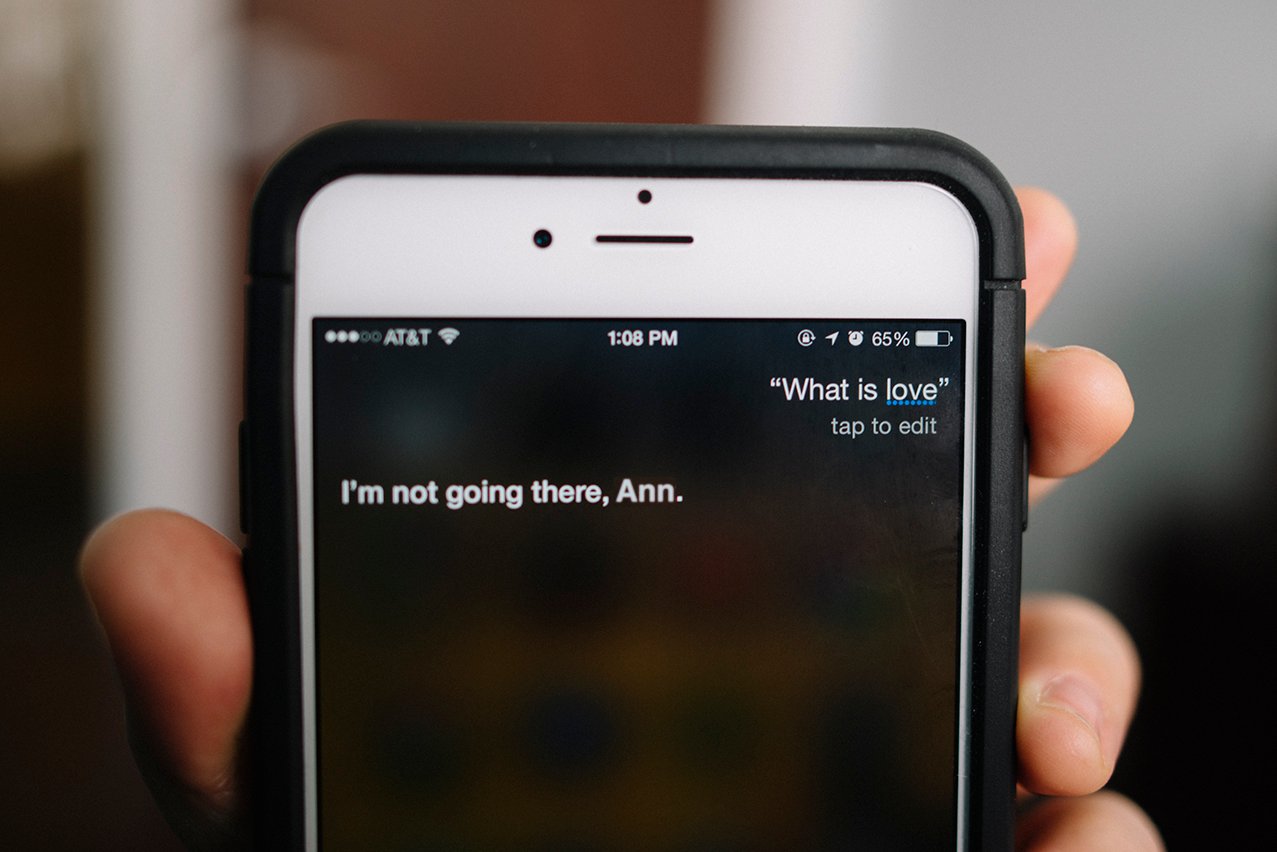Ellen Burns-Johnson - September 17, 2019
There are many recipes for successful employee engagement. Gamification is just one ingredient.

Gamification isn’t just a niche term anymore. Points, badges, achievements, leaderboards and more are being used in more creative and refined ways across multiple industries, with interesting results.
Really, what human activity isn’t gamified these days?
(I’ve included links to all of the below examples at the end of the blog post.)
-
Productivity: For a long while, I gamified my to-do list with Habitica. Todoist Karma is another app that lets users gamify their everyday tasks.
-
Journaling: If I’m feeling reflective, I might record the day’s events using micro-journaling app Daylio, earning myself an achievement.
-
Travel: At my local Speedway, I can earn loyalty points by purchasing gas and snacks. Then I get to spend these points on more snacks, like Speedy Treat Cookies.
-
Nutrition: Having too many Speedway cookies might lead me to sign up for a gamified nutrition app, like Lose It! or Noom.
-
Races: To take my health to the next level, I might decide to join a gamified race. I could get my Spartan Trifecta achievement by completing all three of the main distance Spartan Races in a single calendar year: a 3-mile Sprint, an 8-mile Super, and a 13-mile Beast. (Oof. I’ll need a lot of coffee.)
-
Fitness: To prepare for my Spartan Trifecta, I should probably look into gamifying my fitness routine with Fitocracy, Symmetric Strength, or Hubbub. Even the minimalist videos from Fitness Blender have a nifty progress bar to keep me motivated throughout my workout.
-
Therapy: If I injure myself during the Spartan Beast, I might use a gamified healthcare app like Ayogo to support me in my recovery.
There are other uses, too. Gamification is all over the place in marketing, and you’re probably aware that you can gamify your organization’s training content on platforms like The Training Arcade or Axonify.
At Allen Interactions, we’ve helped our clients gamify multiple types of learning solutions, earning us a place on Training Industry’s Top 20 Gamification Companies for three years running. (You can learn more about our work in gamification and game-based learning in a free webinar with Lisa and Scott next week).
At its core, gamification is all about driving engagement.
The mechanics of gamification encourage users to engage with a purchase, a product, a platform, a brand, a community, a goal, et cetera. Game-based learning expert Dr. Karl Kapp defines gamification as “the careful and considered integration of game characteristics, aesthetics and mechanics into a non-game context to promote change in behavior. It is most often used to motivate and engage people.”
No matter the platform, gamification is all about engaging people with some desired behavior.
According to Gallup, employee engagement is on the rise, and “engagement is highly related to positive business outcomes.” Organizations with engaged employees do better; internal engagement is a competitive advantage.
There are many ways that L&D can help an organization engage its employees, but at Allen Interactions, the most common challenge our clients come up against has to do with encouraging learners to engage in training of some sort.
Where does gamification fit in L&D?
|
Gamification is but one tool in an instructional designer’s toolkit. As with all tools, you’ll get the most benefit from gamification when you use it for the right kinds of problems. And as with all forms of planned behavior change, you’re more likely to be successful with gamification if your solution is designed with the larger performance context in mind. To start off right with gamification, first ask these fundamental questions:
Let’s break these down, using annual compliance training as an example for some thought experiments. |
|
CLARIFICATION:Gamification and game-based learning are not synonymous.Gamification refers to the use of game elements (mechanics, aesthetics, dynamics) to non-game contexts in order to influence user behavior. Game-based learning refers to cohesive, immersive games that facilitate the learning of information or skills. They usually simulate or abstract the learning content in some helpful way. |
1: What problem are we trying to solve?
Assume we work as instructional strategists at Riddlefly, a large (fictional) company where almost all employees are required to go through at least one type of annual recertification for compliance.
On the surface, gamifying compliance modules might seem like a great idea. People have to do the compliance training, but most people really don’t like doing it. Let’s give them an extra incentive to do them by offering some achievements for timely completion of the course. Yay!
Not so fast. Achievements are a form of gamification that can motivate people to act, but we must first clearly define what problem we’re trying to solve. “People have to do the compliance training” isn’t a problem. It’s a statement.
-
If people are required to complete the training but they aren’t doing it, that’s a problem.
-
If people are completing the material but say it’s agonizingly boring, that’s a different problem.
Offering an achievement for completing the training won’t make the training less boring, but if done well, it could make the boring training less painful.
Avoid using gamification as camouflage for boring instructional design.
2: Is gamification the right solution?
Let’s assume that our research into the state of compliance training at Riddlefly has revealed the following:
-
People are almost always late in completing their required compliance training. They do it, but only when someone like their manager really bothers them about it.
-
When people do complete the training, the feedback they provide is that the training is boring.
These are two separate problems. How could gamification help?
Problem #1: Gamification could help by providing incentives for encouraging people to complete training in a timely manner. This could be a good fit!
Problem #2: It would be possible to take the exact same boring learning experience and add gamification elements to it, but it’s unlikely to have much of an impact. It’s like adding sweet flavors to cough medicine. Cough medicine tastes awful. Flavored cough medicine tastes like artificial orange, but it’s still awful.
Simply slathering gamification onto a boring learning experience will not make the training itself less boring. It might help reduce the pain that boredom causes your learners. Depending on where your organization is in its engagement journey, that might be all you can do.
However, if you’re going to spend the effort anyway, consider what you could do to make the learning experience not boring. After all, boring is bad.
3: Will this particular method of gamification be meaningful to our users?
Okay. We’ve determined that one of our problems with compliance training at Riddlefly could be at least partially solved with gamification:
-
Problem: People are almost always late in completing their required compliance training. They do it, but only when someone like their manager really bothers them about it.
-
Gamification could help with this by providing incentives for encouraging people to complete training in a timely manner.
If you have an existing platform for gamification, this step is a bit easier. You’d review the toolkit of gamification mechanics available to you, see what has worked with similar content, and start there. But what if you don’t have an existing gamification platform?
Gamification mechanics like badges aren’t inherently good or bad. Their effectiveness depends on the context in which they’re used.
It depends on how the course itself is organized. Again, gamification only works as part of a larger system. A badge on its own isn’t meaningful. To make a badge meaningful, you need to provide a context where the badge-earner can feel some sense of progress or be recognized by others for their achievement. Without some larger context that allows for sharing and recognition (and maybe some good-natured competition), gamification is easily ignored.
Takeaways
Human behavior is complex. Superficial approaches to changing it aren’t likely to give you the results you want. As you consider how gamification fits into your learning ecosystem, think carefully about what you want to accomplish and be discerning about the solutions you adopt.
Gamification is everywhere, but don’t let your familiarity with it as a consumer lull you into a false sense of security as a designer. Get expert guidance and proceed with agility; organize small experiments and test your hypotheses. This will help you build a learning ecosystem that will truly serve your organization and help you minimize waste along the way.
More learning!
We’d love to share more of our ideas and experiences with you. Join industry veterans Lisa Stortz and Scott Colehour next week for a free one-hour webinar next week on September 25, 2019. Sign up at the link below!
Links to gamification examples, in order of appearance: Habitica, Todoist Karma, Daylio, Speedy Rewards, Lose It!, Noom, Caribou Perks, Spartan Trifecta, Fitocracy, Symmetric Strength, Hubbub, Fitness Blender, Ayogo, The Training Arcade, Axonify
-1.png?width=75&height=75&name=Copy%20of%20It%20is%20not%20the%20strongest%20of%20the%20species%20that%20survive%2c%20nor%20the%20most%20intelligent%2c%20but%20the%20one%20most%20responsive%20to%20change%E2%80%99%20(11)-1.png)









Comment